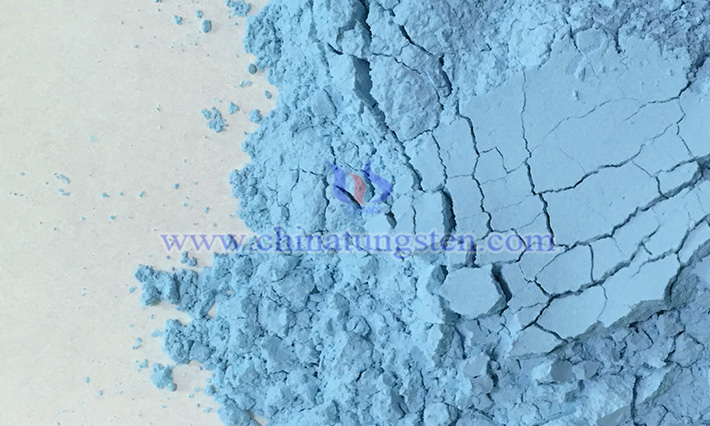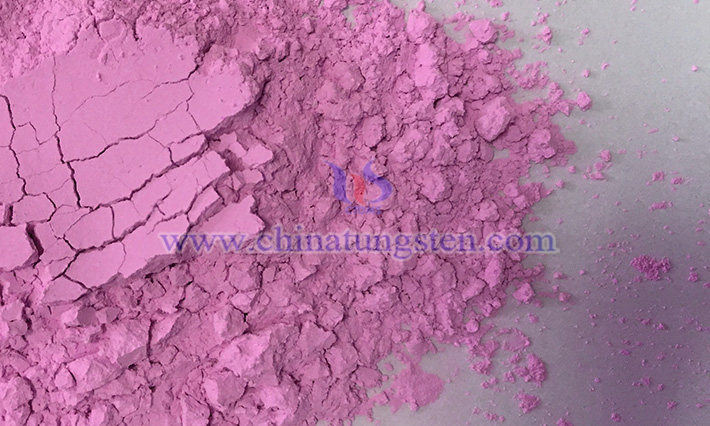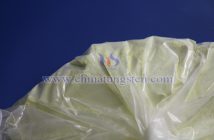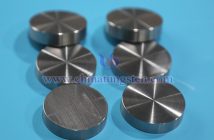According to customs data, from January to August 2025, China's rare earth imports totaled 72,034.2 tons, decreased by 21.43% year-on-year, with an import value of 8.15 billion yuan, increased by 7.24% year-on-year; rare earth exports reached 44,355.4 tons, increased by 14.45% year-on-year, with an export value of 2.03 billion yuan, decreased by 16.12% year-on-year. In August, national rare earth imports were 5,020.8 tons, decreased by 47.82% month-on-month and decreased by 54.83% year-on-year, with an import value of 790 million yuan, decreased by 8.14% month-on-month and increased by 3.95% year-on-year; rare earth exports were 5,791.8 tons, decreased by 3.38% month-on-month and increased by 22.63% year-on-year; and the export value was 390 million yuan, increased by 50.00% month-on-month and increased by 34.48% year-on-year.

According to the CTIA GROUP LTD Online website, from January to August 2025, prices of most rare earth products in China increased year-on-year. The average price of praseodymium oxide was 473,722 yuan per ton, increased by 21.35% year-on-year; the average price of neodymium oxide was 466,099 yuan per ton, increased by 19.89% year-on-year; the average price of praseodymium-neodymium oxide was 455,914 yuan per ton, increased by 19.78% year-on-year; the average price of praseodymium-neodymium metal was 559,691 yuan per ton, increased by 18.64% year-on-year; the average price of terbium oxide was 6,772 yuan per kilogram, increased by 17.43% year-on-year; the average price of dysprosium oxide was 1,663,302 yuan per ton, decreased by 12.49% year-on-year; and the average price of dysprosium-iron alloy was 1,621,167 yuan per ton, decreased by 13.02% year-on-year.
Rare Earth Elements (REE) refer to a group of 17 chemical elements in the periodic table, including the lanthanide series (lanthanum La to lutetium Lu, atomic numbers 57-71), as well as scandium (Sc) and yttrium (Y). These elements are termed "rare earth" due to their low abundance in the Earth's crust, dispersed distribution, and the difficulty in extraction. Despite the "rare" in their name, rare earth elements are relatively concentrated in certain deposits (such as the Bayan Obo mine in Inner Mongolia) and are not scarce in global reserves.

Rare earth elements possess unique physical and chemical properties, such as excellent magnetic, optical, and catalytic capabilities, making them vital in modern industry. They are widely used in high-tech fields, including permanent magnet materials (e.g., neodymium-iron-boron magnets for motors and wind generators), phosphorescent materials (for displays and LED lighting), catalysts (for petroleum cracking and automotive exhaust treatment), high-temperature superconductors, laser materials, and nuclear industries.
Rare earths primarily exist in minerals as oxides or silicates, such as monazite, bastn?site, and xenotime. The extraction process is complex, involving steps like crushing, flotation, and chemical leaching, and it often results in environmental pollution. China is the world's largest rare earth producer, accounting for over 80% of global supply. According to the U.S. Geological Survey, as of the end of 2024, China's rare earth reserves were 44 million tons, comprising 48.89% of the global total; in 2024, China's rare earth production was 270,000 tons, accounting for 69.23% of global output.



